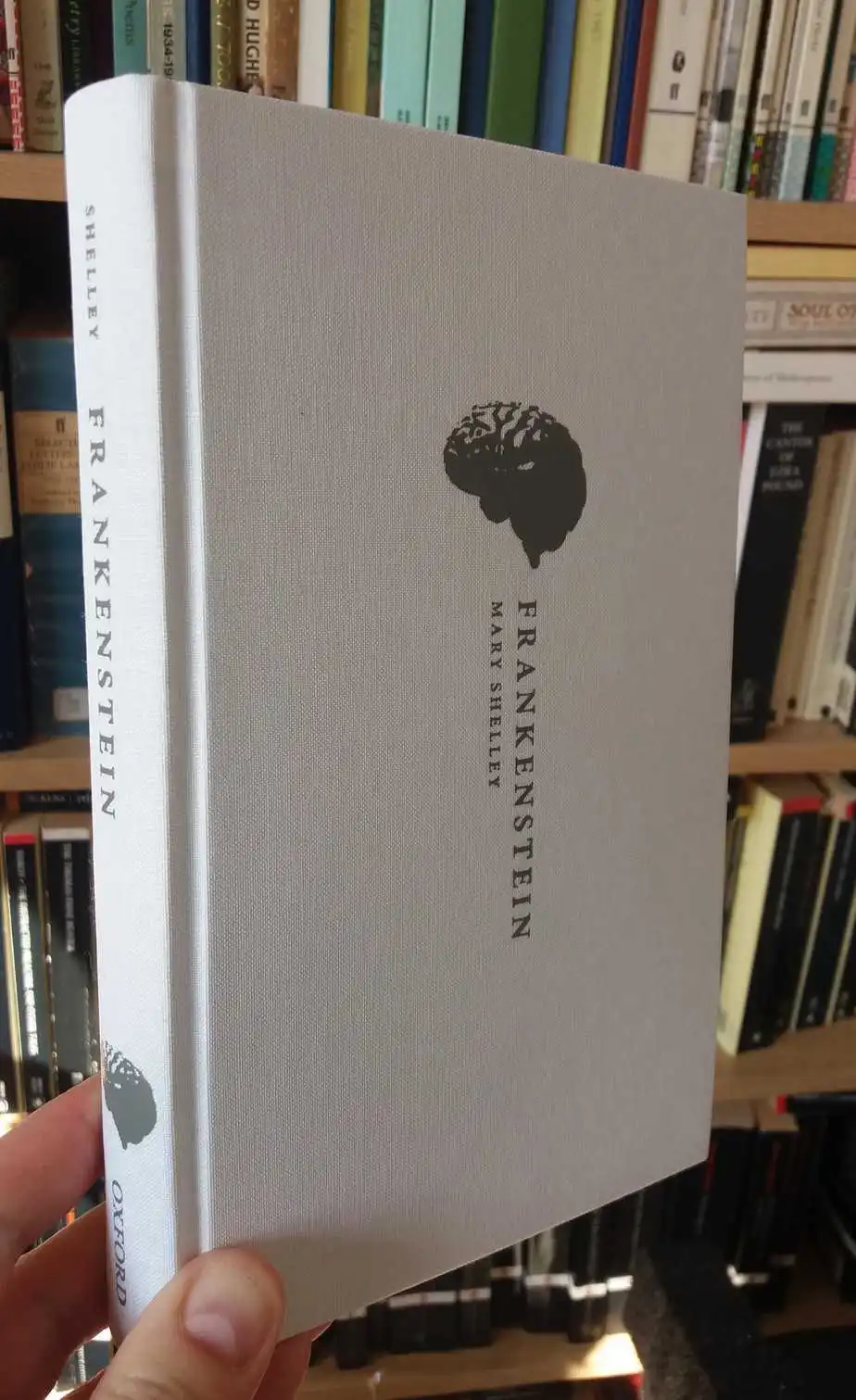
More than 200 years after its first publication, English author Mary Shelley’s novel Frankenstein; or The Modern Prometheus is still discussed and lauded for its cultural and scientific impact on our world. Let us find out why.
About the author
Mary Wollstonecraft Shelley was born in London. England on August 30, 1797. Her father was an author named William Godwin and her mother was Mary Wollstonecraft, one of the most popular early feminists, who wrote the influential book A Vindication of the Rights of Woman (1792) and championed the cause of women’s education and equal rights. She, sadly, passed away 11 days after giving birth to Mary.
This devastating event heavily influenced Mary Shelley’s writing. Many critics even argue that a biological reading of her magnum opus Frankenstein: or. The Modem Prometheus can help one look at it as a story of a monstrous or disastrous birth. Mary first met P.B. Shelley, her future husband and one of the greatest lyric poets of the age, when she was 14. The poet had come to consult her father after being thrown out of Oxford for writing the essay. The Necessity of Atheism.
The contest and the dream
While on vacation in Geneva, Switzerland, in 1816 with her husband, her stepsister Claire Clairemont, English poet Lord Byron and his doctor, 18-year-old Mary wrote the story of Victor Frankenstein in a friendly novel writing competition that ensued among her peers. Her novel Frankenstein; or, The Modern Prometheus, was first in 1818 anonymously in London.
In the introduction of the 1831 edition of the novel, the author explained that she wanted to write a story that would “speak to the mysterious fears of our nature and awaken thrilling horror. But what really helped her create a narrative around this idea was a conversation she overheard between her husband and Lord Byron, on the new developments in electricity and whether it can possibly be used to bring the dead back to life. That night she had a waking dream of, “a pale student” kneeling next to the monster he had put together.
Frankenstein; or, The Modern Prometheus
Recognised as one of the greatest gothic novels, this book traces Italian Swiss scientist Victor Frankenstein’s futile quest to impart and sustain life using scientific means. Plagued by unbridled curiosity, he creates this monster part by part from different corpses and electrifies it into a conscious being. Upon completing the experiment, however, Frankenstein, appalled by his creation, abandons it and flees. Rejected by his creator, the nameless monster wanders into the wilderness, where he takes shelter and eventually learns to read and write. The plot of this story is the chilling chase between the creator and his creation.
What makes it a classic?
The Modern Prometheus
In Greek mythology, Prometheus is a Titan god of fire. He is best known as the ethereal figure who stole fire from the gods and gave it to mankind and was sentenced to eternal torment by Zeus for this act of disobedience. The authors mention of this figure in the subtitle alludes to her reimagining of what a modern and scientific Prometheus would be like. Through the character of Victor Frankenstein, she explores the jarring and tragic consequences of humans trying to play god.
Perils of being an irresponsible parent
The endurance of Frankenstein can also be attributed to its emphasis on the perils of being an irresponsible parent. A child’s behaviour is directly related to the quality of parenting he or she has received. This justifies why Frankenstein’s monster is looking for his creator to wreak his revenge for the neglect he feels that he has experienced.
“Did I request thee, Maker, from my clay To mould me Man, did I solicit thee From darkness to promote me?”
Paradise Lost by John Milton Mary Shelley’s choice to include these lines spoken by Adam in John Milton’s Paradise Lost, in her novel’s epigraph helps promote the idea of scientific responsibility. The transformation of the creature from a benevolent being to a murderous fiend because of his master’s rejection and failure to take any responsibility can be understood, as Mary Shelley’s warning against the single-minded pursuit of science without an accompanying concern about morality. The tension between Frankenstein and his creation represents the struggles among a parent and child, science, and morality. This story acts as a warning to treat all living things with respect.
Corruption of nature
Romanticism was a movement in 18th-Century literature that promoted the idea of purity in art, and inspiration in nature. It surfaced as a response to spreading industrialisation and scientific developments. Mary’s novel as a text from this period acts as a cautionary tale that narrates the dangerous consequences of the corruption of nature in the quest for glory.
More than 200 years after its publication, Frankenstein’s monster lives on in our collective consciousness as a disfigured mirror of the natural cycle of life and as a warming to not tamper with the laws of nature.
Picture Credit : Google




